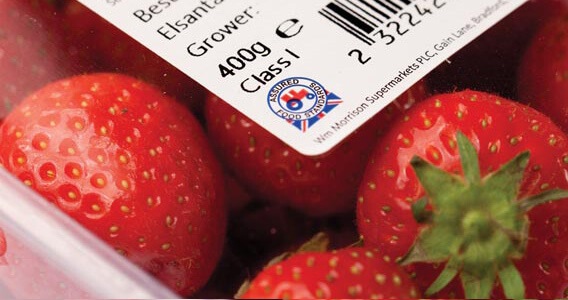
New research has found that people are buying more British products since the EU referendum in 2016.
Nearly a third (30%) of consumers report buying more British-branded products, a ratio that has climbed from 24% in April 2018.
Leave voters are leading the way with 36% saying they are purchasing more British products, but Remainers, too, are increasingly buying British (22%).
Pricing specialists Simon-Kucher have been tracking the population’s views on Brexit and its impact since the referendum.
Their research shows about half of those buying more British goods said it was a deliberate decision to support British firms, while only 14% said it was down to the higher price of imports.
With a similar proportion (33%) of consumers showing a willingness to pay more for British brands, a further 39% expressed a preference for British brands if they were of comparable price with their international competitors.
Overall, however, 67% were not prepared to pay more purely on the basis that a brand was British.
Increase in buying local produce
The research found British consumers primarily reporting an increase in purchasing local produce (63%) such as fruit and vegetables and cheeses. 37% reported increases in spending on English brands.
British agriculture may capitalise on this to some degree, but there will always be a need to import seasonal and exotic foodstuffs and it remains to be seen what impact Brexit will have on these goods in the long term.
Rosalind Hunter, a Senior Director at Simon-Kucher, said: “Many people confuse UK and foreign brands, and this points to an opportunity for British businesses to up their branding and marketing game to capture more of the ‘buy British’ market.
“Simply slapping a Union Jack on your packaging won’t be enough. Price (61%), quality (55%), and convenience (55%) are still the three top drivers for purchasing decisions.“
He added: “Indeed, with the continuing economic uncertainty, price is likely to stay as the number one concern for shoppers for the foreseeable future.“
The research was conducted by Simon-Kucher & Partners directly in November 2016, April 2017, October 2017, April 2018, October 2018 and April 2019.
